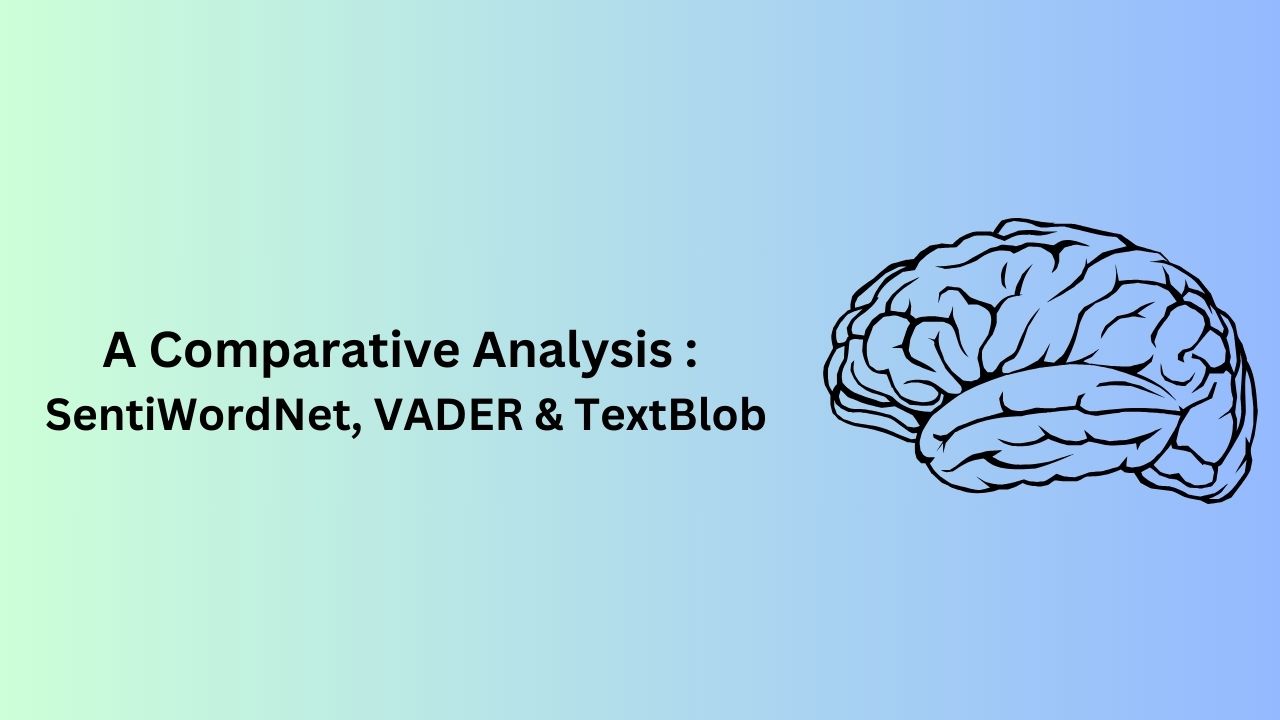Natural Language Processing (NLP) is a subfield of artificial intelligence that focuses on the interaction between computers and human language. It encompasses a wide range of techniques and algorithms that enable computers to understand, interpret, and generate natural language in a meaningful and useful manner. In this article, we will explore the fascinating world of NLP and its significance in various domains.
1. Introduction to NLP:
– NLP is a multidisciplinary field that draws upon concepts from linguistics, computer science, and machine learning.
– It aims to bridge the gap between human language and machine understanding, allowing computers to process and analyze textual data.
– NLP techniques involve tasks such as language modeling, text classification, information extraction, sentiment analysis, machine translation, and more.
2. Language Modeling:
– Language modeling is a fundamental task in NLP that involves predicting the next word in a sentence based on the context.
– N-gram models, recurrent neural networks (RNNs), and transformers are commonly used for language modeling.
– Language models have practical applications in auto-completion, speech recognition, and machine translation.
3. Text Classification:
– Text classification is the process of categorizing textual data into predefined classes or categories.
– NLP algorithms can automatically classify documents into topics, sentiments, or spam/non-spam categories.
– Applications include sentiment analysis, spam filtering, news categorization, and customer support ticket routing.
4. Named Entity Recognition (NER):
– NER is a technique that identifies and extracts named entities from text, such as names, dates, locations, or organizations.
– NER algorithms use machine learning approaches like conditional random fields (CRFs) or deep learning architectures.
– It has applications in information retrieval, question answering, and knowledge graph construction.
5. Sentiment Analysis:
– Sentiment analysis, also known as opinion mining, aims to determine the sentiment or emotional tone expressed in text.
– NLP algorithms analyze text to identify positive, negative, or neutral sentiments, enabling sentiment-based decision-making.
– Businesses use sentiment analysis to understand customer feedback, monitor brand reputation, and make data-driven decisions.
6. Machine Translation:
– NLP plays a crucial role in machine translation systems that automatically translate text from one language to another.
– Statistical machine translation, rule-based approaches, and neural machine translation (NMT) are common techniques.
– Services like Google Translate utilize NLP algorithms to bridge language barriers and enable global communication.
7. Question Answering Systems:
– NLP powers question answering systems that can understand and respond to user queries in a human-like manner.
– These systems analyze questions, search for relevant information, and generate appropriate answers.
– Virtual assistants like Siri, Alexa, or Google Assistant rely on NLP to provide information and perform tasks.
8. Chatbots and Virtual Assistants:
– NLP is instrumental in developing intelligent chatbots and virtual assistants that engage in human-like conversations.
– These systems understand natural language inputs, interpret user intent, and provide appropriate responses.
– Chatbots find applications in customer support, virtual agents, and personalized recommendations.
9. Information Extraction:
– NLP techniques enable the extraction of structured information from unstructured text.
– Named entity recognition, relation extraction, and event extraction help in extracting relevant details from documents.
– This extracted information can be used to populate knowledge graphs, build databases, or support decision-making processes.
10. Automatic Summarization:
– NLP facilitates the automatic summarization of large volumes of text by extracting key information.
– Summarization algorithms identify important sentences, concepts, or entities to create concise summaries.
– Automatic summarization finds applications in news articles, research papers, legal documents, and document retrieval.
11. Conversational AI:
– NLP is vital for creating conversational AI systems that interact with users in natural language.
– These systems understand user queries, provide relevant responses, and adapt to user preferences over time.
– Conversational AI is employed in customer service, virtual agents, and personalized user experiences.
12. Challenges and Future Directions:
– NLP still faces challenges, including understanding context, handling ambiguity, and bridging language barriers.
– Advancements in deep learning, pre-training models like GPT, BERT, and transformer architectures have propelled NLP progress.
– Future directions include multimodal NLP (combining text and other modalities), ethical considerations, and further improving language understanding.
In conclusion, NLP is a rapidly evolving field with wide-ranging implications. It enables computers to process and understand human language, leading to applications such as text classification, sentiment analysis, machine translation, question answering, and more. As NLP continues to advance, it has the potential to revolutionize how we interact with computers, analyze textual data, and enhance human-computer interactions in various domains.





